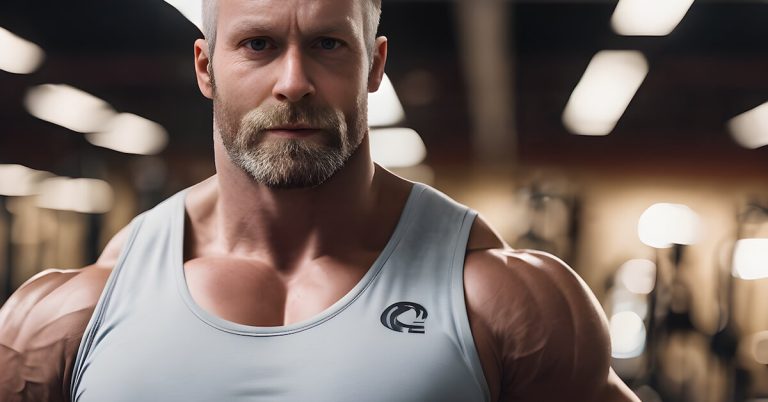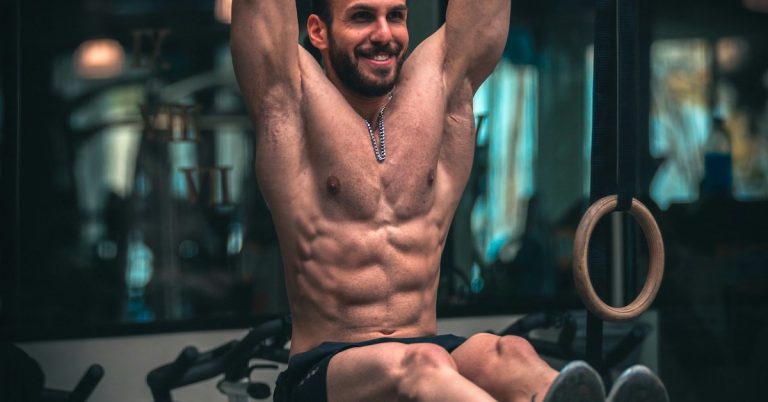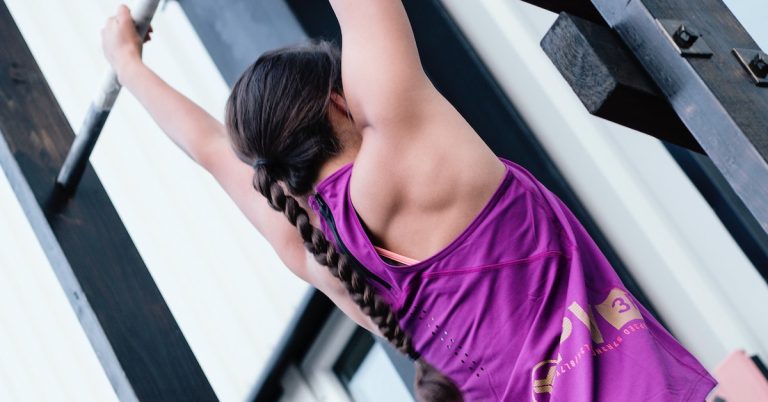Weight lifting can have a significant effect on bone density, but only if the weights lifted are “significant” and are supported by the spine, not just raised by the limbs. Squats fit the bill perfectly; however, most females do not go heavy enough to truly reap the bone-building benefits.
Many females fear that heavy weights will make them big and bulky. Typically, that does not happen. In fact, lifting heavy weights and keeping the reps low is a good way to gain strength without gaining size.
Another fear involves hitting rock bottom with a heavy barbell across your shoulders and not being able to get back up. Well, there are ways to alter the resistance on the bar and the loading between sets to deal with that issue. Let’s take a look at how it can be done.
Accommodating Resistance with Chains
The concept of accommodating resistance using chains has become popular over the past two decades and for good reason. Since an ascending strength curve exists on an exercise like the squat, for example, chains can “accommodate” strength by offering more resistance at the top of the movement where you’re stronger than at the bottom where you’re weaker.
All you need to do is attach chains to each side of a barbell as a form of resistance. Then, as you lower the bar, the chain links collect on the ground and the resistance decreases. When you go to raise the bar, each chain link gets lifted from the ground one-by-one and the resistance increases. Voilà, more resistance at the top where you’re stronger and less at the bottom where you’re weaker!
Postactivation Potentiation through Wave Loading
Wave loading is a method where you increase the weight and decrease the reps for a number of sets (this is known as an ascending pyramid), and once you reach the peak of the pyramid, you start back at the bottom and perform multiple “waves” in this manner. Due to postactivation potentiation, you may actually get stronger each wave.
Here’s what wave loading might look like on the back squat for a female with a few years of training under her belt:
| Wave 1 | Wave 2 | Wave 3 |
| Set 1: 185 lb x 6 reps | Set 4: 187.5 lb x 6 reps | Set 7: 190 lb x 6 reps |
| Set 2: 205 lb x 4 reps | Set 5: 207.5 lb x 4 reps | Set 8: 210 lb x 4 reps |
| Set 3: 225 lb x 2 reps | Set 6: 227.5 lb x 2 reps | Set 9: 230 lb x 2 reps |
Usually, 2-3 waves are performed in a workout, but some elite athletes are able to perform a 4th wave and still take advantage of the potentiation effect right to the end.
The Synergy of Chains and Waves
Combining accommodating resistance with chains along with the potentiation effect of wave loading can be a potent stimulus to increase muscle size and strength. That holds true for males and females!
Below is an example of this combination in action. Here’s my client, Chantal, performing the first wave of front squats with chains:
For a sample wave loading program that will help you gain strength without increasing your body weight, check out the three-day relative strength split on page 152 of The Elite Trainer.
Tomorrow I’ll show you a wave loading program that will help you gain strength and body weight.

Fill in Your Upper Chest with This Novel Exercise
Achieving a well-balanced and aesthetically pleasing chest can be a challenge, especially when it comes to targeting the often elusive

Elevate Your Core Training: Advanced Hanging Leg Raise Techniques
Hanging leg raises stand as a cornerstone in core training, particularly beneficial for athletes, as they target the lower abdominal

The Periodization Blueprint for Chin-Ups and Pull-Ups
Exciting news! Just got my hands on Swissies45, and they’ve transformed my chin-up game. No more draping an EZ-Curl bar
follow
Error: No feed with the ID 2 found.
Please go to the Instagram Feed settings page to create a feed.
